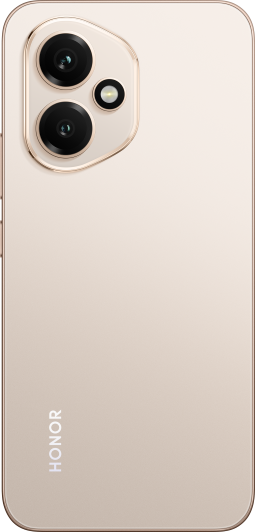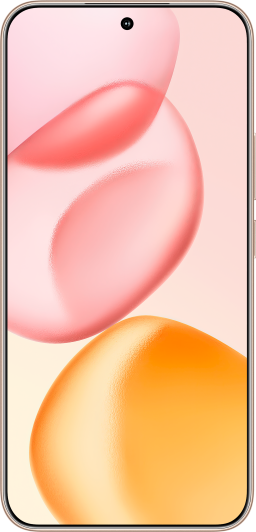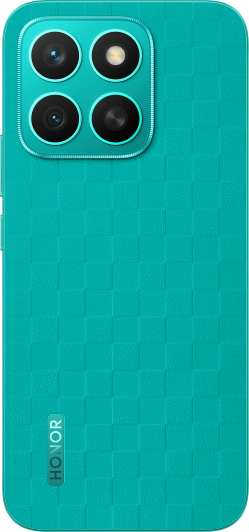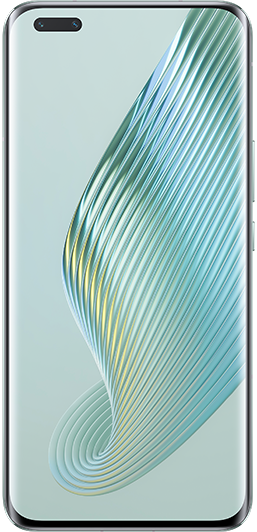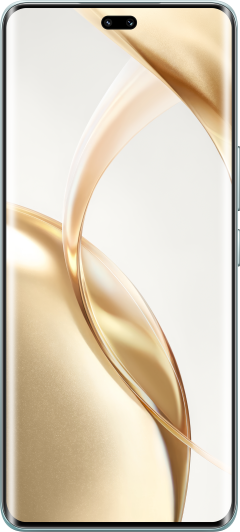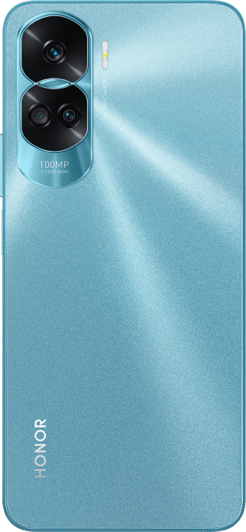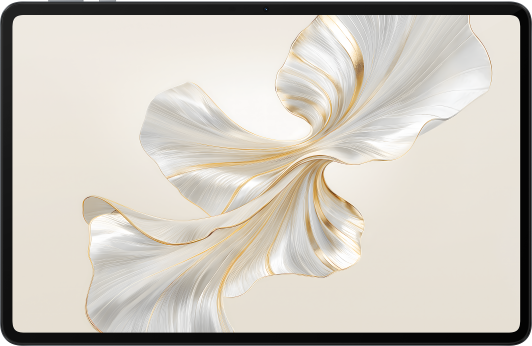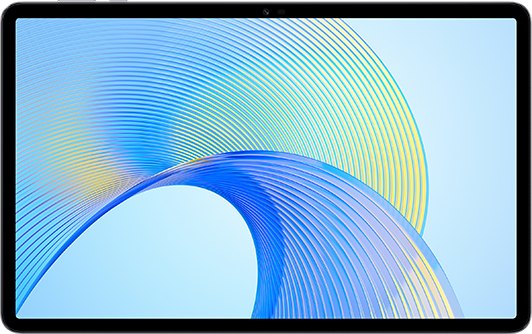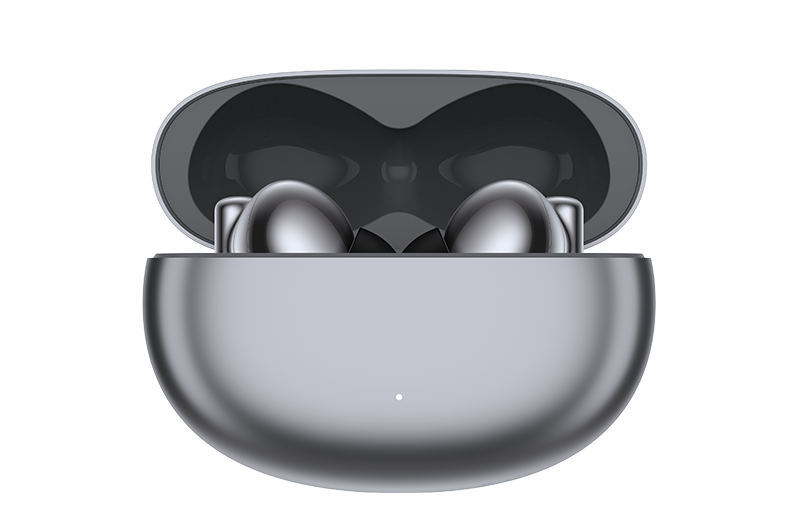TOP

我的荣耀 开启荣耀之旅

Foldable Phone vs Normal Phone: Choosing the Right Mobile Device
The smartphone industry is changing with the arrival of foldable phones. These cutting-edge devices are redefining what a smartphone can be, offering a unique combination of portability and expanded-screen real estate. In this article, we'll explore foldable phones, examining their types, pros, and cons, and comparing them with traditional smartphones. Join me as we delve into the foldable phone vs normal phone debate to help you decide which option suits you best.
What Are Foldable Phones?
Foldable phones are smartphones with flexible displays that can be folded or unfolded to change their form factor. These devices come in two main designs, let’s explore both.
Flip-Style Foldable Smartphones
Flip-style foldable smartphones are designed like classic flip phones, folding vertically along the middle. These devices have dual screens: a smaller external one for quick tasks and a larger internal screen for full smartphone use when open.
The internal screen folds safely thanks to flexible display tech. A versatile hinge allows different positions, like propping the phone for hands-free use. This foldable design makes them more portable and user-friendly, even doubling as a mini tripod for unique interactions.
Book-Style Foldable Smartphones
Book-style foldable smartphones combine the functionalities of smartphones and tablets in one device. They also have two screens: a smaller external one for quick tasks and a larger internal screen that unfolds for a tablet-like experience. Flexible display technology ensures the internal screen bends safely without damage when folding.
When unfolded, these devices offer a spacious 7-8 inches of screen space, perfect for multitasking, enjoying media, and tackling productivity tasks. Despite the large screen, they fold into a compact size for easy portability.
Pros and Cons of Foldable Phones
Foldable phones offer unique advantages but also come with some drawbacks. Let's explore both sides:
Pros:
1. More versatile: Foldable phones can adapt to different use cases, functioning as both a compact smartphone and a larger tablet-like device.
2. Better multitasking: The larger screens of book-style foldables allow better multitasking, with the ability to run multiple apps side by side.
3. Improved portability: Flip-style foldables are more compact than normal phones when folded, making them easier to carry.
4. Innovative designs: Foldable phones offer a fresh take on smartphone aesthetics, appealing to those who want a device that stands out.
Cons:
1. Higher cost: Foldable phones are generally more expensive than traditional smartphones due to their advanced technology.
2. Durability concerns: The folding mechanism and flexible displays may be more prone to damage or wear over time.
Foldable Phones vs. Traditional Smartphones Comparison
Here's a detailed comparison highlighting the key differences between foldable phones and traditional smartphones across various features:
Screen Size
● Foldable Phones: Larger when unfolded, compact when folded.
● Traditional Smartphones: Fixed screen size limits viewing experience and multitasking options.
Portability
● Foldable Phones: Can be more compact (flip-style) or larger (book-style) based on the folding mechanism.
● Traditional Smartphones: Standard form factor ensures ease of handling and fits comfortably in pockets or small bags.
Multitasking
● Foldable Phones: Better multitasking capabilities due to larger unfolded screens, allowing for split-screen apps, multi-window views, and enhanced productivity features.
● Traditional Smartphones: Restricts simultaneous app usage and multitasking efficiency compared to foldable counterparts.
Durability
● Foldable Phones: Generally less durable due to the complex folding mechanisms and flexible screen.
● Traditional Smartphones: Typically more durable with solid, non-flexible construction and fewer moving parts.
Price
● Foldable Phones: Higher price range, often more expensive.
● Traditional Smartphones: Wide price range from budget-friendly options to premium models.
Battery Life
● Foldable Phones: While larger screens and multiple displays can require more power, HONOR models include large-capacity batteries and fast-charging capabilities to minimize downtime.
● Traditional Smartphones: Generally longer battery life thanks to optimized power management and smaller screen sizes.
Camera Quality
● Foldable Phones: Camera quality is steadily improving, with many models now offering impressive photography features that are continually closing the gap with flagship traditional smartphones.
● Traditional Smartphones: High-quality cameras are a hallmark of flagship models, offering advanced sensors and features for superior image and video capture.
Water Resistance
● Foldable Phones: Often come with limited or lower ratings for water resistance due to the challenges posed by folding screens and moving parts.
● Traditional Smartphones: Many models offer higher ratings for water resistance, protecting against immersion in water and dust ingress.
Who Should Think About Owning a Foldable Smartphone?
Foldable smartphones have evolved to meet diverse user demands with unique features appealing to different groups. Here's how various users can benefit from foldable phone technology:
● Media enthusiasts: People who enjoy watching videos, streaming content, or gaming benefit from the larger screen size of foldable devices.
● Multitaskers: Those who handle multiple apps simultaneously or need a larger screen for productivity tasks appreciate the tablet-like experience offered by some foldable models.
● Early adopters and tech enthusiasts: Drawn to the latest technology, they're willing to pay a premium for innovative features found in foldable phones.
● Users seeking portability: Prefer compact devices that can expand to larger screens, especially flip-style foldables that fit easily in pockets and offer versatility.
● Professionals in clean environments: While durability has improved, foldable phones may be better suited for those in relatively dust-free settings, as particles could potentially affect the hinge mechanism over time.
Foldable Phone Recommendation from HONOR
We recommend HONOR Magic V2 as it addresses many of the concerns associated with earlier foldable phones, like durability, battery life, and thickness offering a more refined and practical foldable experience.
HONOR Magic V2 exemplifies the advancements in foldable technology:
● Ultra-thin design at just 9.9mm when folded
● Large 7.92-inch inner display and 6.43-inch outer display
● Powerful Snapdragon 8 Gen 2 processor
● Advanced hinge mechanism rated for 400,000 folds
● 5000mAh battery with 66W fast charging
With the latest system update, HONOR Magic V2 now runs on MagicOS 8, packed with exciting new features and enhanced optimization. MagicOS 8 introduces advanced AI capabilities and improved performance, promising a smoother and more intelligent user experience.
Conclusion
When comparing foldable phone vs normal phone, it's important to consider your needs. If you want a device for basic smartphone functions, a traditional phone is a solid choice. However, if you often multitask and need more screen space, a foldable phone might be better for you. While foldable phones do have some downsides, such as higher costs and potential durability issues, manufacturers like HONOR are continually innovating and refining their designs. As a result, foldable phones are becoming increasingly viable options for a wider range of users.
FAQs
Why Would Anyone Want a Folding Phone?
Folding phones combine the versatility of a larger screen for media and productivity with the portability of a standard smartphone when folded. They are popular among tech enthusiasts and multitaskers who appreciate their innovative design and the seamless transition between a compact device and a tablet-like experience whenever needed.
Will Foldable Phones Last?
Foldable phones, like those from HONOR such as the Magic V2, are built to last with proper care. They feature advanced technology and durable materials to handle daily use effectively. However, their longevity also depends on factors like build quality, how they're handled, and ongoing advancements in foldable phone technology.
Source: HONOR Club
We use cookies and similar technologies to make our website work efficiently, as well as to analyze our website traffic and for advertising purposes.
By clicking on "Accept all cookies" you allow the storage of cookies on your device. For more information, take a look at our Cookie Policy.
Functional cookies are used to improve functionality and personalization, such as when playing videos or during live chats.
Analytical cookies provide information on how this site is used. This improves the user experience. The data collected is aggregated and made anonymous.
Advertising cookies provide information about user interactions with HONOR content. This helps us better understand the effectiveness of the content of our emails and our website.
